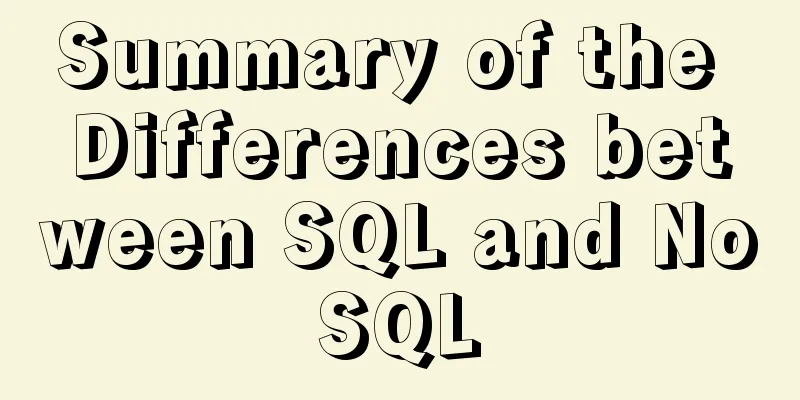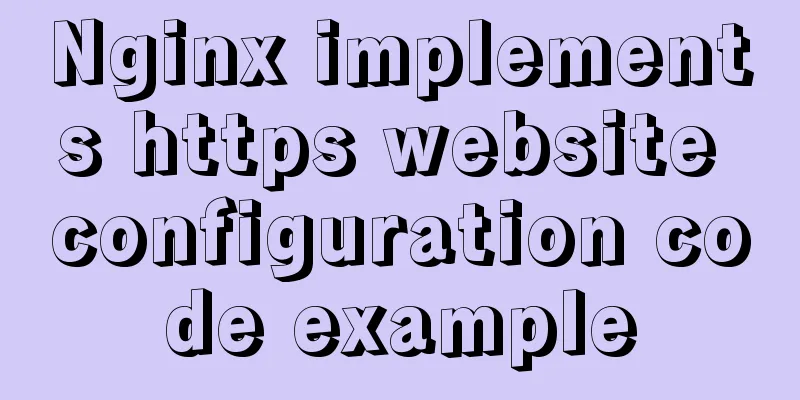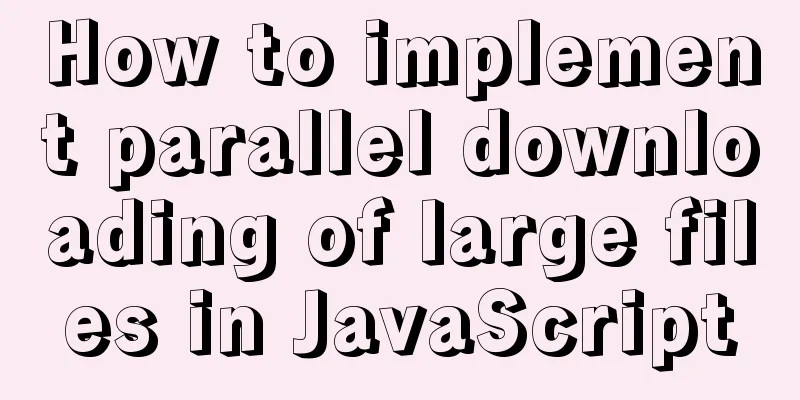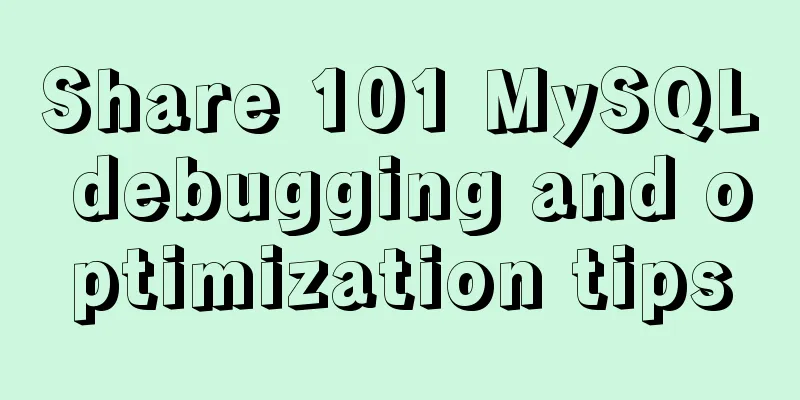Summary of the Differences between SQL and NoSQL

|
Main differences: 1. Type SQL databases are primarily known as relational databases (RDBMS); whereas NoSQL databases are primarily known as non-relational databases or distributed databases. 2. Language SQL databases define and manipulate data based on the Structured Query Language (SQL). From a side view this language is very powerful. SQL is one of the most versatile and widely used options, making it a safe choice, especially for complex queries. But on the other hand, it can be restrictive. SQL requires you to use a predefined schema to determine the structure of your data before using it. Additionally, all of your data must follow the same structure. This can require a lot of upfront preparation, which means that structural changes are both difficult and disruptive to the entire system. NoSQL databases have dynamic schemas for unstructured data. Data is stored in multiple ways, which means it can be document-oriented, column-oriented, graph-based or organized as KeyValue storage. This flexibility means that documents can be created without first defining a structure. Each document can also have its own unique structure. The syntax varies by database, and you can add fields as you go. 3. Scalability In almost all cases, SQL databases are vertically scalable. This means that you can increase the load of a single server by adding features like RAM, CPU, or SSD. But on the other hand, NoSQL databases can scale horizontally. This means you can handle more traffic through sharding or adding more servers in your NoSQL database. It's similar to adding more floors to the same building rather than adding more buildings nearby. So NoSQL could eventually become larger and more powerful, making these databases the preferred choice for large or constantly changing data sets. 4. Structure SQL databases are table-based, NoSQL databases on the other hand are key-value, document-based, graph databases or wide column stores. This makes relational SQL databases a better choice for applications that require multi-row transactions, such as accounting systems, or for legacy systems built for a relational structure. 5. Attributes to follow SQL databases follow the ACID properties (Atomicity, Consistency, Isolation, and Durability) whereas NoSQL databases follow Brewers CAP theorem (Consistency, Availability, and Partition Tolerance). 6. Support All SQL databases from their vendors are well supported. Also, there is a lot of independent consulting that can help you with large-scale deployments with SQL databases, but with some NoSQL databases you still need to rely on community support, and there is only limited external expertise available to set up and deploy large-scale NoSQL deployments. Some examples of SQL databases include PostgreSQL, MySQL, Oracle, and Microsoft SQL Server. Examples of NoSQL databases include Redis, RavenDB Cassandra, MongoDB, BigTable, HBase, Neo4j, and CouchDB. Key differences between SQL vs NoSQL:
The above are all the differences. Thank you for your support of 123WORDPRESS.COM. You may also be interested in:
|
>>: Elegant practical record of introducing iconfont icon library into vue
Recommend
How to use Baidu Map API in vue project
Table of contents 1. Register an account on Baidu...
Graphical tutorial on installing JDK1.8 under CentOS7.4
Linux installation JDK1.8 steps 1. Check whether ...
Example analysis of mysql stored procedure usage
This article describes the usage of MySQL stored ...
How to expand the capacity of VirtualBox's virtual disk vdi file (graphic tutorial)
Find the installation directory of VirtualBox. Th...
Example of how to implement MySQL cascading replication
The so-called cascading replication is that the m...
Implementation of React configuration sub-routing
1. The component First.js has subcomponents: impo...
A brief discussion on VUE uni-app conditional coding and page layout
Table of contents Conditional compilation Page La...
Complete steps for Docker to pull images
1. Docker pull pulls the image When using $ docke...
Interactive experience trends that will become mainstream in 2015-2016
The most important interactive design article in ...
Mysql database design three paradigm examples analysis
Three Paradigms 1NF: Fields are inseparable; 2NF:...
HTML+CSS+JavaScript to achieve list loop scrolling example code
Description: Set a timer to replace the content of...
JDBC Exploration SQLException Analysis
1. Overview of SQLException When an error occurs ...
Solution to the problem of null column in NOT IN filling pit in MySQL
Some time ago, when I was working on a small func...
Detailed tutorial on setting up multiple instances of MySQL 8 on CentOS 7 (you can have as many as you want)
cause I recently started to refactor the project,...
How to use the Linux basename command
01. Command Overview basename - strip directories...









